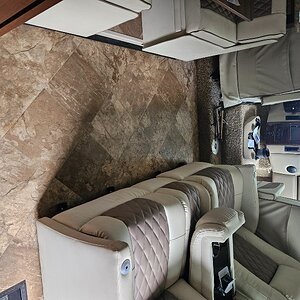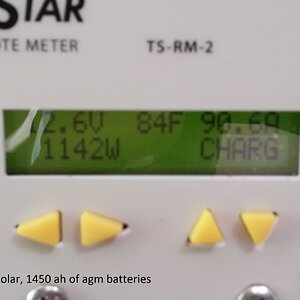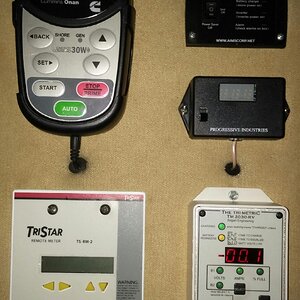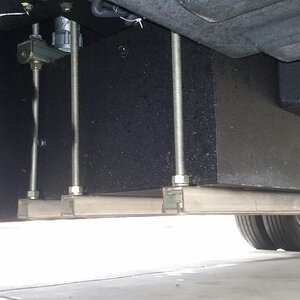TJ&LadyDi
RVF "Dinosaur"
Hmmmmm! I can't conceive of that being just the result of a failed connector. Yes, it is possible to get a bad one (or, even, a bad batch) but there should be little heating in a proper connection. They are UL approved, so have been tested to the spec'd load rating. Obviously, the breaker did its job, but I suspect there's something else going on besides a failing connector.
One concern I do have is using them with different size wires in a given connection. And, while they are supposed to be rated for both solid and stranded wire, I am not sure I would mix types in the same connection. It seems to me that a larger wire on one side would reduce the force to a smaller or stranded wire on the other side.
I will be cautious when using them in high-amperage situations but will probably reserve them for 12V applications using similar size and type wires.
TJ
One concern I do have is using them with different size wires in a given connection. And, while they are supposed to be rated for both solid and stranded wire, I am not sure I would mix types in the same connection. It seems to me that a larger wire on one side would reduce the force to a smaller or stranded wire on the other side.
I will be cautious when using them in high-amperage situations but will probably reserve them for 12V applications using similar size and type wires.
TJ












